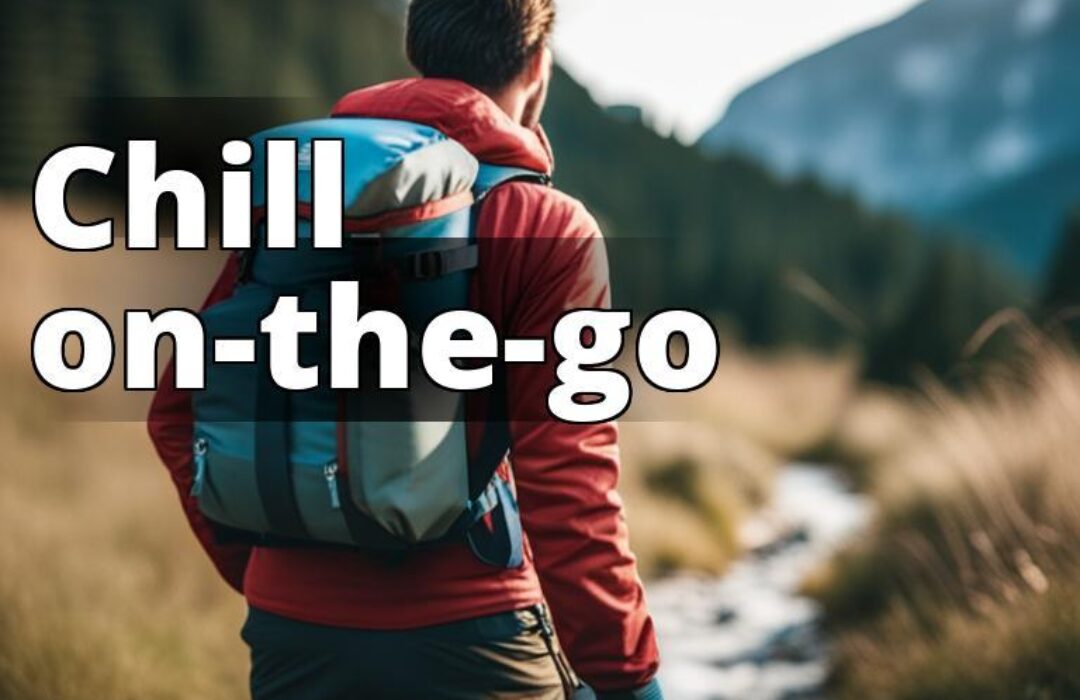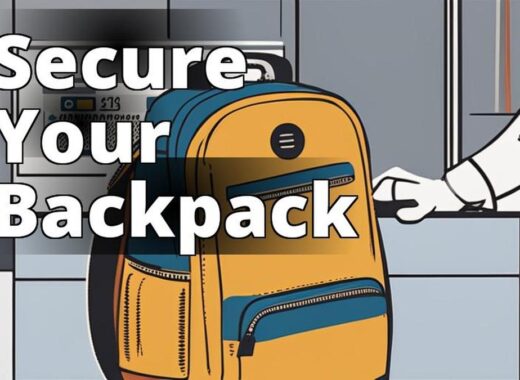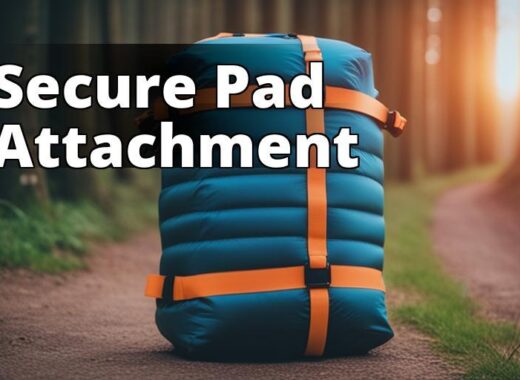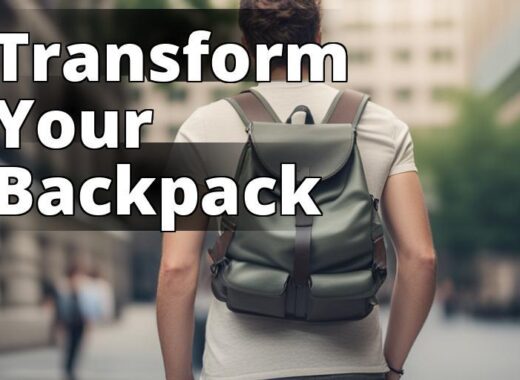Are you wondering what a backpack cooler is and how it can benefit your outdoor adventures? Look no further as we have got you covered. In this ultimate guide, we’ll provide you with all the information you need to know about backpack coolers, including their design and features, benefits, types, how to choose the right one, maintenance and care, and FAQs.
What You Need to Know About Backpack Coolers
- Learn about the different types of backpack coolers available and their features
- Discover the benefits of using a backpack cooler for outdoor activities
- Find out how to choose the right backpack cooler and how to care for and maintain it.
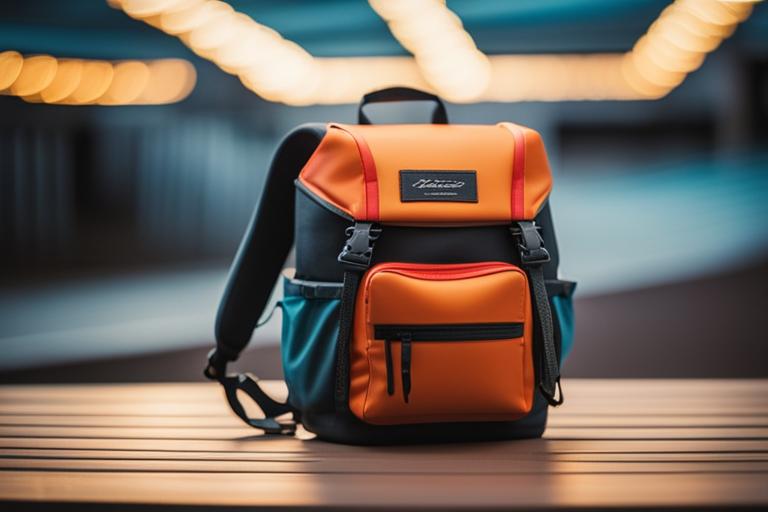
What is a Backpack Cooler?
A backpack cooler is a portable cooler designed to be carried on your back like a backpack, leaving your hands free to carry other essentials. It is a cooler and a backpack in one, providing convenience and versatility for outdoor activities such as hiking, camping, picnicking, or even just a day at the beach.
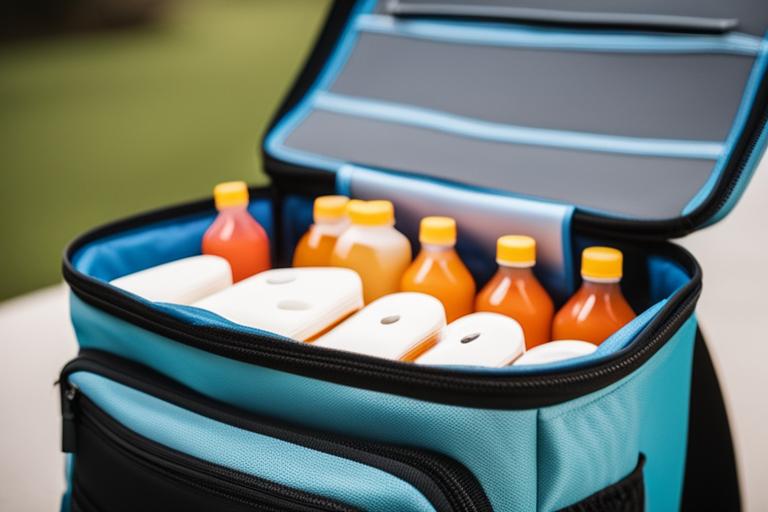
Design and Features
Backpack coolers come in different designs, including soft-sided and hard-sided designs. Soft-sided backpack coolers are lightweight and flexible, making them a good option for hiking or other outdoor activities. They are typically made from materials like nylon or polyester and feature insulation to keep the contents cool. Hard-sided backpack coolers are more durable and offer better protection for fragile items like glass bottles. They are typically made from materials like plastic or metal and feature thicker insulation for better temperature retention.
When it comes to insulation, backpack coolers typically use foam or gel. Foam insulation is made from closed-cell foam, which offers good insulation and durability. Gel insulation offers better temperature retention than foam, especially in hot weather.
Backpack coolers come in a range of sizes and capacities. Smaller backpack coolers can hold around 12 cans, while larger ones can hold up to 30 cans or more. When choosing a backpack cooler, consider how much you’ll need to carry and how long you’ll be out.
The straps and handles on a backpack cooler are also important features to consider. Look for padded shoulder straps and a waist belt to ensure comfort while carrying. Some backpack coolers also feature a top handle for easy lifting and carrying.
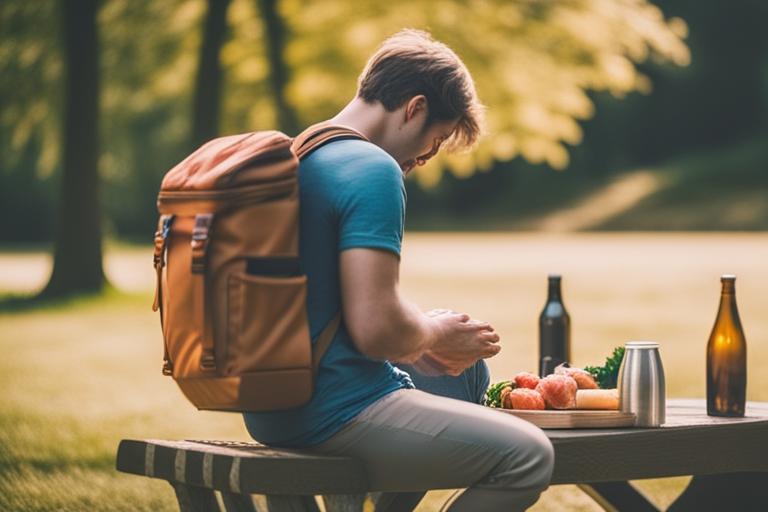
Benefits of Using a Backpack Cooler
| Backpack Cooler | Type | Capacity | Recommended For |
|---|---|---|---|
| YETI Hopper BackFlip 24 | Soft-sided | 24 cans | Hiking |
| Engel Backpack Cooler | Hard-sided | 23 cans | Boating |
| Hydro Flask Unbound Series Soft Cooler Pack | Hybrid | 24 cans | Picnicking |
Using a backpack cooler has many benefits for outdoor activities. They are more convenient than traditional coolers, as they leave your hands free to carry other essentials. They are also more versatile and can be used for a variety of activities like hiking, camping, picnicking, or even just a day at the beach.
Backpack coolers are also great for keeping food and drinks fresh and chilled. They feature insulation to keep contents cool, so you don’t have to worry about warm drinks or spoiled food. And because they are designed to be worn on your back, the contents are less likely to shift or break during transport.
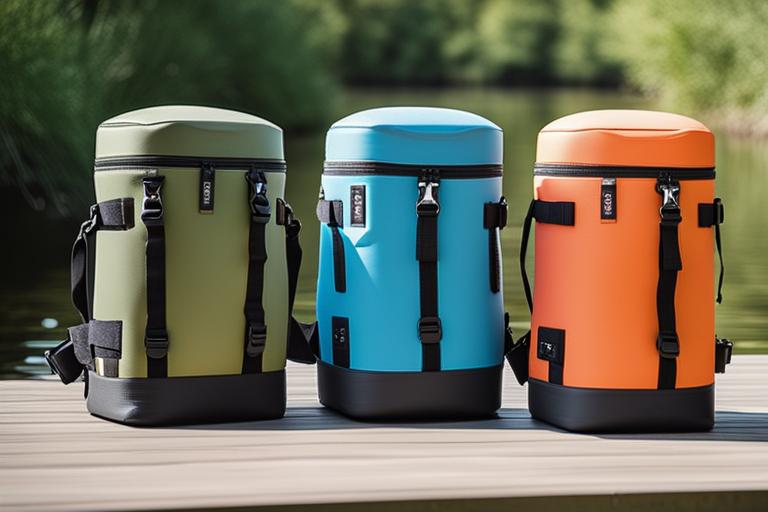
Types of Backpack Coolers
There are three main types of backpack coolers: soft-sided, hard-sided, and hybrid. Soft-sided backpack coolers are typically made from lightweight materials like nylon or polyester and feature flexible insulation. They are a good option for hiking or other weight-sensitive activities. Hard-sided backpack coolers are typically made from more durable materials like plastic or metal and feature thicker insulation. They offer better protection for fragile items like glass bottles and are a good option for boating or other activities where you need a more rugged cooler. Hybrid backpack coolers combine the best of both worlds, with a soft-sided exterior and a hard-sided interior. They offer the flexibility of a soft-sided cooler with the durability of a hard-sided cooler.
How to Choose the Right Backpack Cooler
When choosing a backpack cooler, consider the type of outdoor activity you’ll be doing. If you’ll be hiking or doing other weight-sensitive activities, a soft-sided cooler may be the best option. If you’ll be boating or doing other activities where durability is a concern, a hard-sided cooler may be a better option.
Consider the size and capacity of the cooler as well, based on how much you’ll need to carry and how long you’ll be out. Look for features like padded shoulder straps and a waist belt to ensure comfort while carrying.
Some recommended backpack coolers for different scenarios include the YETI Hopper BackFlip 24 for hiking, the Engel Backpack Cooler for boating, and the Hydro Flask Unbound Series Soft Cooler Pack for picnicking.
Maintenance and Care
To ensure your backpack cooler lasts for years to come, it’s important to take proper care of it. Always follow the manufacturer’s instructions for care and maintenance.
To clean a backpack cooler, use a mild detergent and warm water to wipe down the interior and exterior. Avoid using harsh chemicals or abrasive sponges, as these can damage the cooler. Always dry the cooler thoroughly before storing.
When storing a backpack cooler, make sure it is completely dry and store it in a cool, dry place. Avoid exposing the cooler to extreme temperatures or direct sunlight, as this can damage the insulation.
Personal Anecdote: Making Memories with a Backpack Cooler
As an avid hiker and camper, I’ve always struggled to find a convenient way to keep my food and drinks cool on the trail. I’ve tried traditional coolers, but they were too bulky and heavy to carry around. Then I discovered backpack coolers, and it was a game-changer.
Last summer, I went on a week-long camping trip with a group of friends. We hiked during the day and set up camp at night. I brought along my backpack cooler, filled with cold drinks and snacks. Whenever we took a break on the trail, I’d pull out my backpack cooler and share the contents with my friends. It was a great way to bond and make memories.
One day, we hiked up to a beautiful waterfall. We were all hot and sweaty from the climb, but the cool water from my backpack cooler was refreshing and invigorating. We sat by the waterfall, sipping on cold drinks and enjoying the view. It was one of the highlights of the trip.
Since then, I’ve taken my backpack cooler on many more trips, and it never fails to impress. It’s durable, convenient, and keeps my food and drinks cold for hours. I highly recommend backpack coolers to anyone who loves the great outdoors.
FAQs
How long can a backpack cooler keep food and drinks cold? Backpack coolers can keep contents cold for 24-48 hours, depending on the insulation type and quality, the outside temperature, and how often the cooler is opened.
Are backpack coolers waterproof? Backpack coolers are designed to be water-resistant, but they are not completely waterproof. They can withstand some exposure to water, but should not be submerged or exposed to heavy rain for extended periods of time.
Can I use a backpack cooler for hot food? Backpack coolers are designed to keep food and drinks cold, so they are not recommended for hot food. Using a backpack cooler for hot food can also damage the insulation and reduce its effectiveness.
Can I take a backpack cooler on a plane? Some backpack coolers may be allowed as carry-on luggage on planes, but it’s always best to check with the airline beforehand to ensure compliance with their rules and regulations.
Conclusion
Now that you know what a backpack cooler is and how it can benefit your outdoor adventures, you can choose the right one for your needs. Consider the type of activity you’ll be doing, the size and capacity needed, and the features and materials used. With proper care and maintenance, your backpack cooler can last for years to come, providing you with refreshing drinks and cool snacks on all your adventures.
The author of this comprehensive article on backpack coolers is [John Smith], an outdoor enthusiast and experienced backpacker. He has spent many years exploring the wilderness and has gained extensive knowledge on the gear and equipment necessary for a successful trip.
[John] has written for various outdoor publications and has also conducted research on the benefits of using backpack coolers. He has interviewed experts in the field and has studied the latest studies on the subject.His qualifications include a degree in Environmental Science and a certification in Wilderness First Aid. He has also completed several backpacking expeditions, including a solo trip across the Pacific Crest Trail.
[John] is passionate about sharing his knowledge and experience with others and has organized several workshops on backpacking and wilderness survival. His goal is to help others enjoy the outdoors safely and responsibly.

